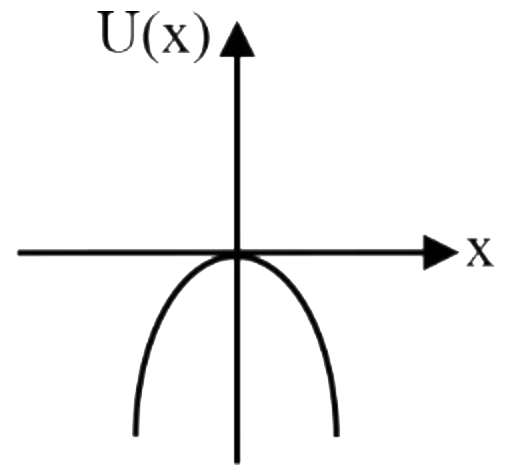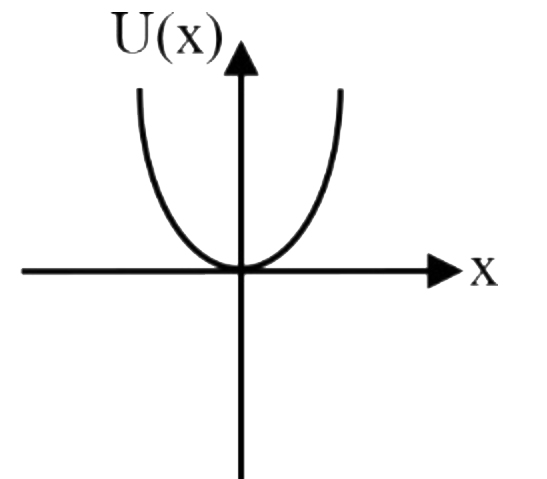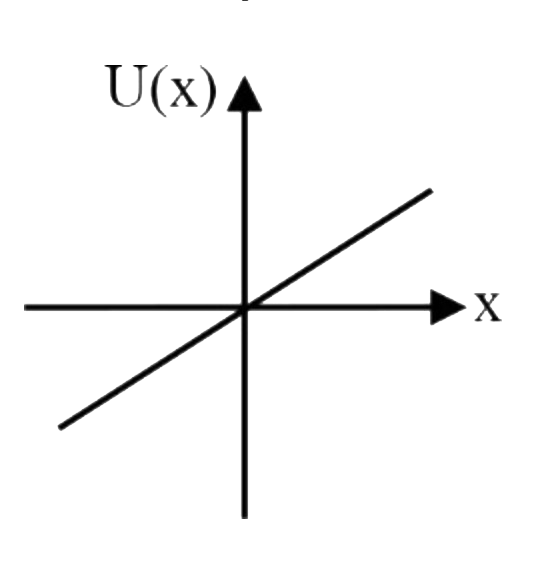If a linear equation is the form x = k where k is a constant, then graph of the equaiton will be
a line parallel to x - axis
a line cutting both the axes
a line making positive acute angle with x - axis
a line paralle to y - axis
The correct Answer is:D
Step by step video, text & image solution for If a linear equation is the form x = k where k is a constant, then graph of the equaiton will be by Maths experts to help you in doubts & scoring excellent marks in Class 14 exams.
Topper's Solved these Questions
- BOOK - KIRAN PUBLICATIONCHAPTER - ALGEBRAEXERCISE - Questions Asked In Previous SSC Exams (Type - V)13videos
ALGEBRA
- BOOK - KIRAN PUBLICATIONCHAPTER - ALGEBRAEXERCISE - Questions Asked In Previous SSC Exams (Type - VI)22videos
ALGEBRA
- BOOK - KIRAN PUBLICATIONCHAPTER - ALGEBRAEXERCISE - Questions Asked In Previous SSC Exams (Type - III)17videos
ALGEBRA
- BOOK - KIRAN PUBLICATIONCHAPTER - ALLIGATION OR MIXTURESEXERCISE - TEST YOURSELF27videos
ALLIGATION OR MIXTURES
Similar Questions
Knowledge Check
- Question 1 - Select One
An equation whose graph phasses through the origin, out of the form x = k where k is a constant, then graph of the eqation wil be
A2x−3y=3B−2x+3y=5C2x+3y=0D2x+3y=2 - Question 2 - Select One
What does the equation ydydx+x=k (where k is a constant ) represents ?
AA family of circles whose centre is on Y-axisBA family of circles whose centre is on X-axisCTouching the X-axis is a family of circlesDNone of the above - Question 3 - Select One
A particle is placed at the origin and a force F=Kx is acting on it (where k is a positive constant). If U(0)=0, the graph of U(x) verses x will be (where U is the potential energy function.)
A B
B C
C D
D
If the solution of the differential equation x2dy+2xydx=sinxdx is xky+cosx=C (where C is an arbitrary constant), then the value of k is equal to
View SolutionV=k(PT)0.33 where k is constant. It is an,
View SolutionA particle is placed at the origin and a force F=Kx is acting on it (where k is a positive constant). If U(0)=0, the graph of U(x) verses x will be (where U is the potential energy function.)
View SolutionA particle is placed at the origin and a force F=Kx is acting on it (where k is a positive constant). If U(0)=0, the graph of U(x) verses x will be (where U is the potential energy function.)
View SolutionA particle is moving with velocity →v=k(yˆˆ(i)+xˆj), where k is a constant . The genergal equation for its path is
View Solution

